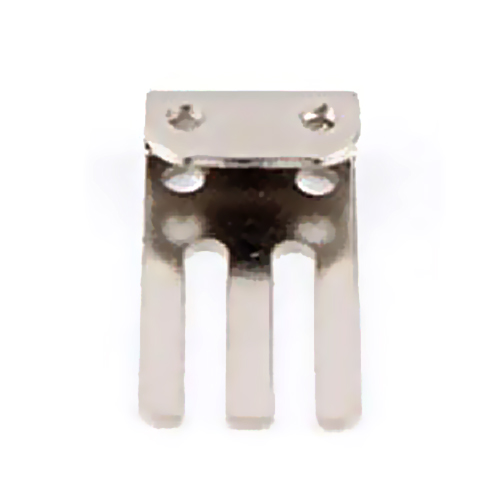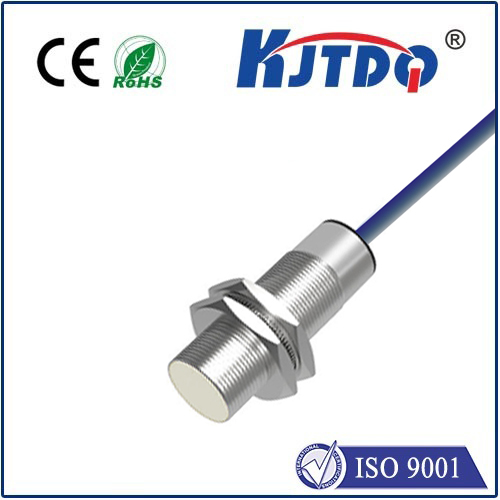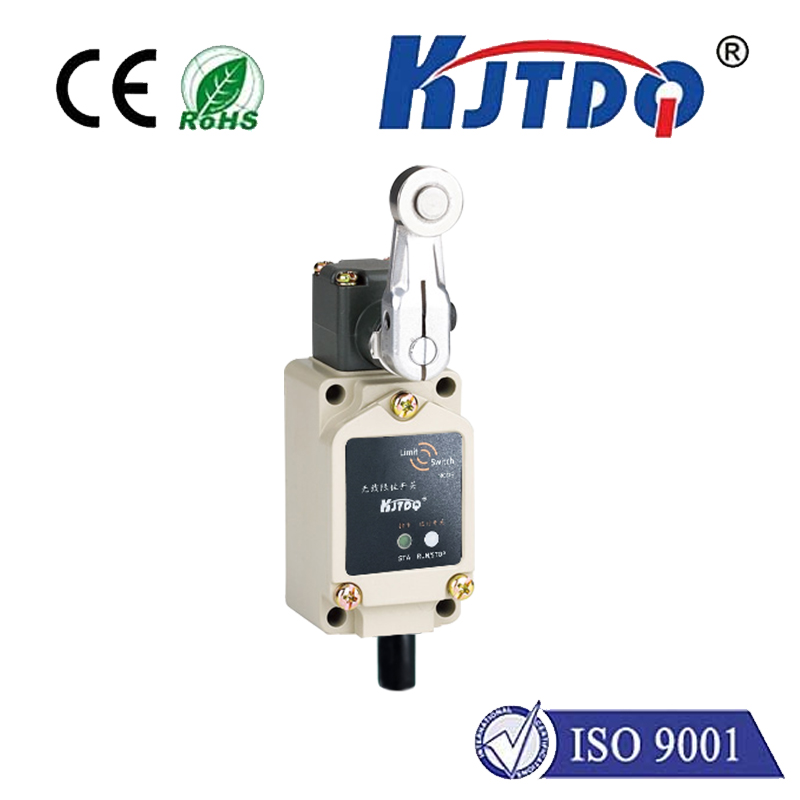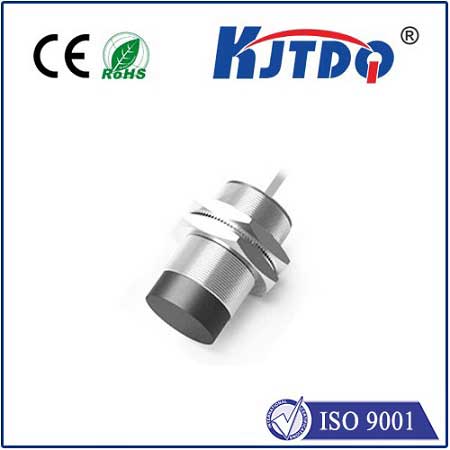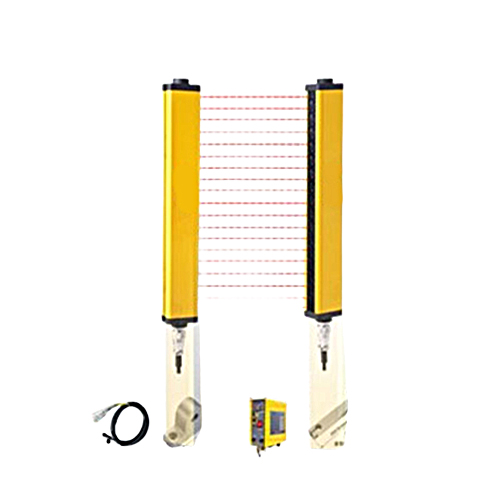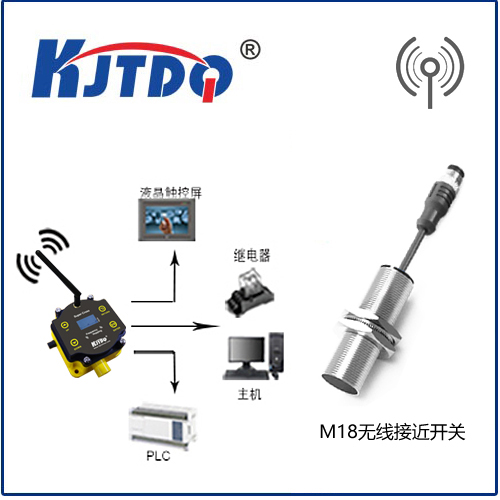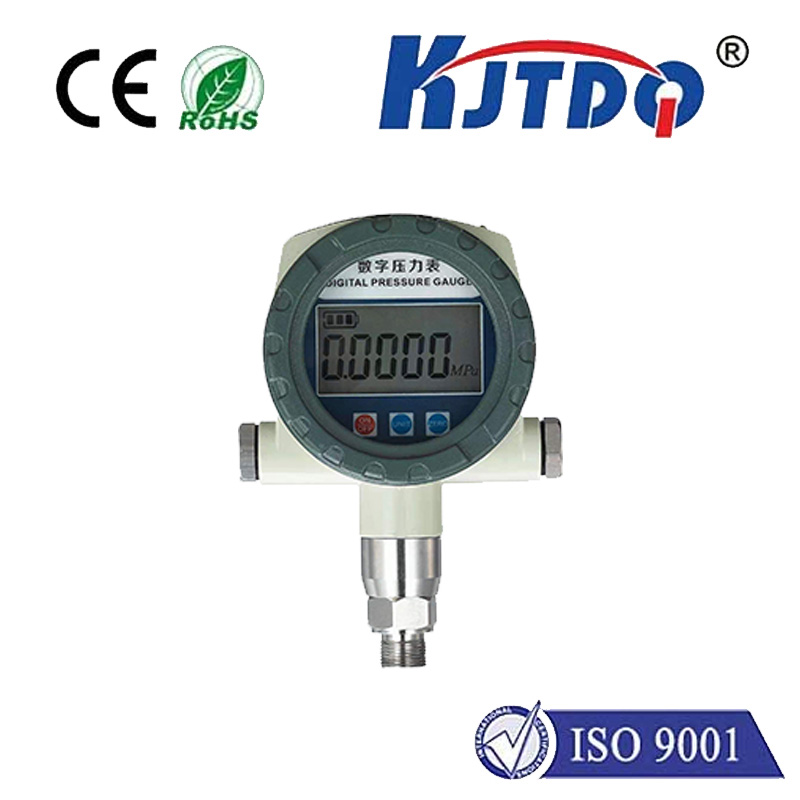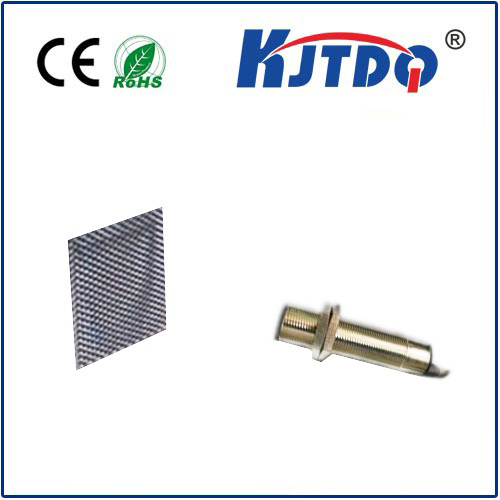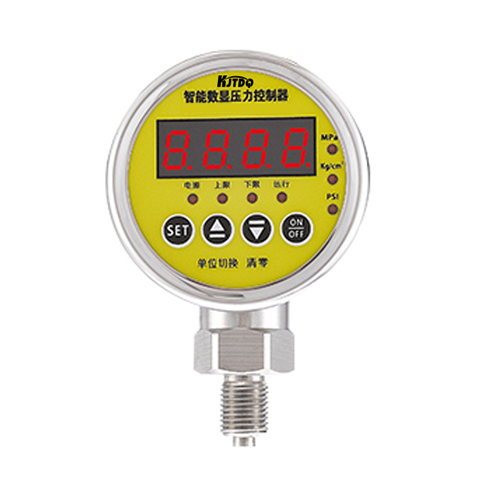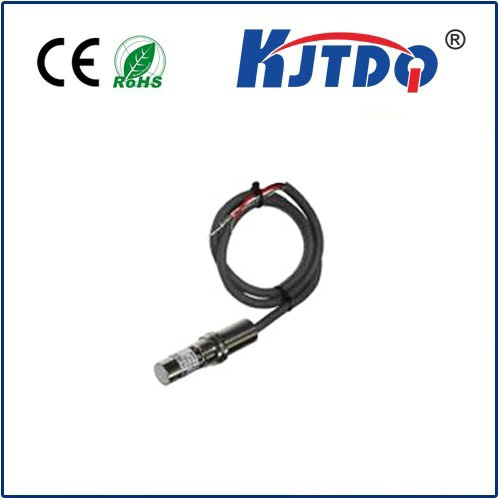

check

check

check

check

check

check

check

check

check

check
Title: The Revolutionizing Micro Proximity Sensor: Enhancing Modern Technology
Micro proximity sensor, a tiny yet powerful device that measures the distance between two objects or surfaces, has been a game-changer in various industries. From consumer devices like smartphones to industrial automation systems, these sensors have transformed the way we interact with our surroundings and enabled seamless integration of technology into our daily lives. In this article, we will delve into the fascinating world of micro proximity sensors and explore their applications and impact on modern technology.
1. The Evolution of Micro Proximity Sensors
The concept of a micro proximity sensor can be traced back to the early 20th century when researchers began exploring the use of radio waves for measuring distances. However, it was not until the 1970s that practical micro proximity sensors were developed. The first commercial micro proximity sensor, the Ultrasonic Sensor, was introduced in the late 1970s and quickly became popular for its low cost and high accuracy. Since then, several types of micro proximity sensors have emerged, including capacitive sensors, infrared sensors, and magnetic sensors.
2. Types of Micro Proximity Sensors
There are several types of micro proximity sensors available today, each with its unique characteristics and applications:
a) Capacitive Sensors: These sensors use capacitive coupling to measure distances between two plates. They are relatively inexpensive and offer good accuracy but can be affected by external noise and interference.
b) Infrared Sensors: These sensors emit an infrared beam and detect the reflection of the beam from an object. They are highly accurate but require line-of-sight access to the object being measured.
c) Magnetic Sensors: These sensors use magnetic fields to measure distances between two parallel plates. They are simple and reliable but have a limited range.
d) Ultrasonic Sensors: These sensors use high-frequency sound waves to measure distances between two objects. They are widely used in industrial automation systems due to their long range and low cost but can be affected by obstacles and reflections.
3. Applications of Micro Proximity Sensors
Micro proximity sensors find widespread applications in various industries, ranging from consumer electronics to industrial automation:
a) Consumer Electronics: Micro proximity sensors are extensively used in smartphones, smartwatches, and other wearable devices for detecting touches, gestures, and motion detection. They are also found in home automation systems for controlling lights, curtains, and appliances.
b) Industrial Automation: Micro proximity sensors are essential components of industrial automation systems, enabling precise positioning, monitoring, and control of machines and equipment. They are used in manufacturing processes for quality control, predictive maintenance, and safety monitoring.
c) Medical Devices: Micro proximity sensors are used in medical devices for measuring body temperature, heart rate, and blood pressure. They are also helpful in detecting fraudulent health insurance claims by verifying patient visits to healthcare providers.
d) Automotive Industry: Micro proximity sensors are crucial for vehicle safety systems, such as collision detection and parking assistance. They are also used in automotive diagnostic tools for monitoring engine performance and emissions compliance.
In conclusion, micro proximity sensors have revolutionized modern technology by providing accurate and reliable measurements without compromising size or complexity. As research continues
